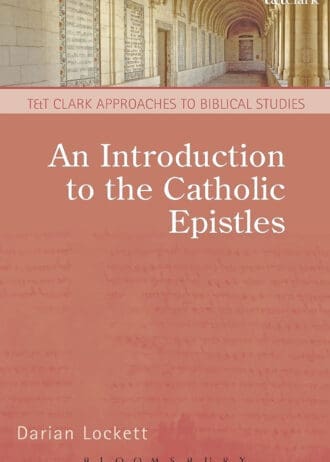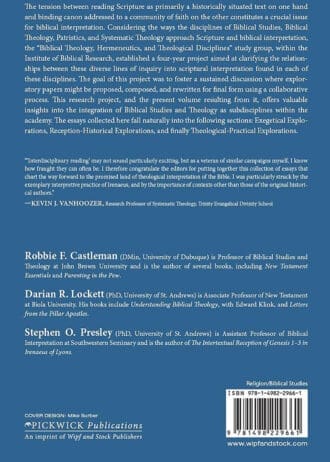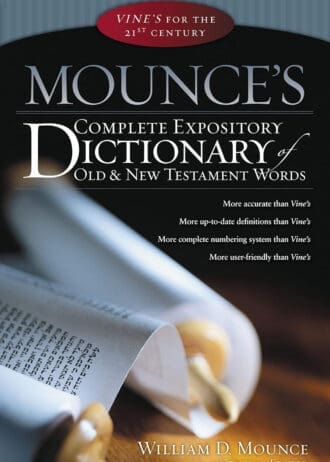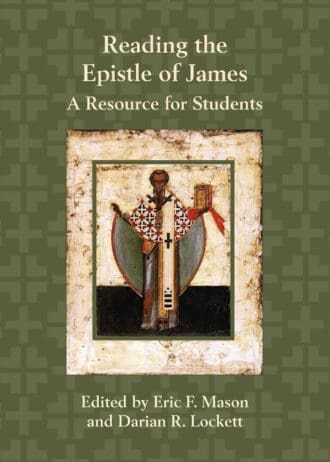An Introduction to the Catholic Epistles
This book introduces the Epistles and discusses the different interpretive approaches which have been used to gain a clearer understanding of them. An introductory chapter defines the Epistles and describes the history of their canonization, following chapters are devoted to each of the texts with each chapter including: 1) historical-cultural background; 2) the social-scientific context; 3) social-rhetorical purposes; 4) narrative discourse; 5) postcolonial and 6) feminist insights; and finally 7) theological perspectives. At the end of each chapter there are suggestions for further reading and a list of reflection questions. A final chapter takes up the relationship between the Pauline Epistles and the Catholic Epistles within the New Testament.

























